Indoor Smart Farms For Beginners
The Internet of Things (IoT) is changing every aspect of our life, from home automation, logistics and automotive, to industrial IoT. And it...
2 min read
Joy King : Aug 4, 2021 9:55:57 AM
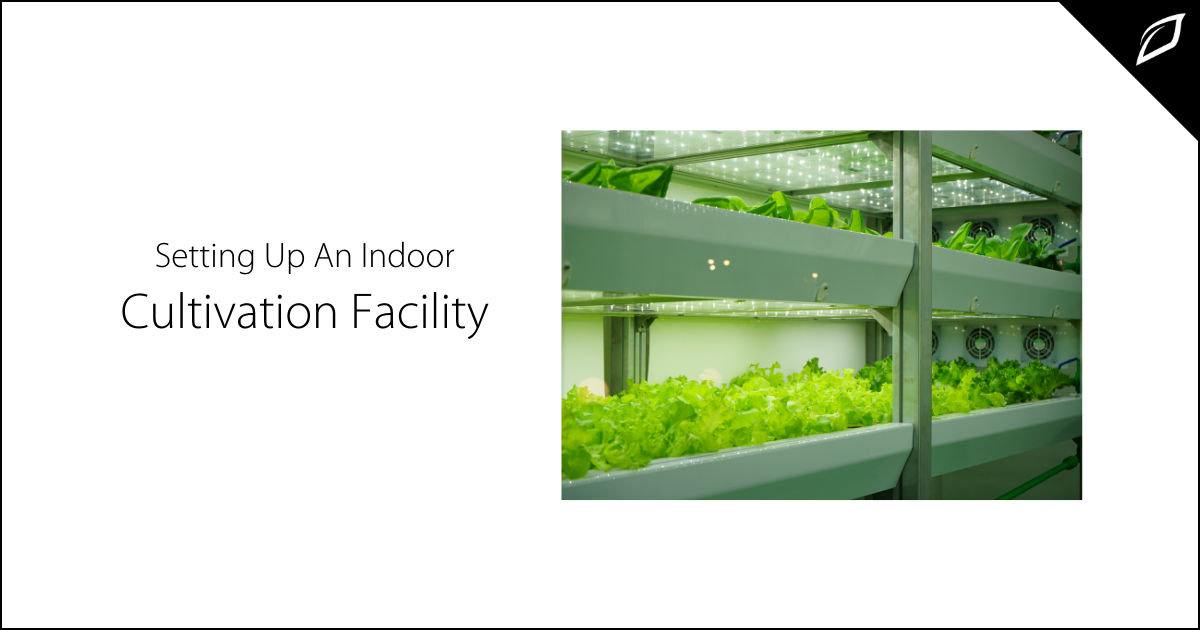
As more states approve medical and adult-use cannabis, it's creating business opportunities for master growers and experts in controlled-environment cultivation. The initial planning phase is critically important for success. Let's examine the basics of setting up a successful indoor cannabis cultivation facility.
What Is An Indoor Cultivation Facility?
An indoor cultivation facility is a fully contained space, typically in a commercial building, that shields plants from harsh weather and provides environmental control over the growing conditions.
Getting Started
There are many considerations when designing your ideal indoor grow facility. But the most important are:
Technology For Your Smart Indoor Grow
Growing cannabis commercially requires controlling your environment at all stages of production. Regardless of the type of lighting, genetics, growing method, or nutrient-dosing solution you use, maintaining absolute control over the growing environment is critical to your success.
Monitoring What Matters Most
Part of controlling your environment is understanding and monitoring numerous aspects of your facility. The effects of humidity, CO2 levels, temperature, VPD, soil moisture, and light levels significantly impact plant growth and health, as do the pH and electrical conductivity of irrigation water. Having a reliable way to monitor these aspects of the environment with high-quality sensors is crucial for growing happy, healthy plants. Connecting sensors to a sophisticated operating system will provide actionable crop-level data and provide an opportunity for creating an automation solution.
Practice Sustainability Methods
Running an indoor grow has many advantages like year-round harvest, lack of pests, security, and increased yields. An unavoidable detraction is high energy consumption. Quality lighting and HVAC systems consume massive amounts of electricity. Having a backup generator should be a consideration and will help you avoid crop loss in the event of long-term outages.
If possible, consider solar energy to help offset the energy costs and create a more sustainable grow. Another way to stay green is to implement a recycling program. Recycling water, Rockwool, trays, pots, and other aspects of your grow can and should be implemented to offset your carbon footprint.
Prioritize Your Plants
Yes, your primary objective is to be a profitable business, but by prioritizing your plants, you'll reap significant rewards. Start with quality genetics, dial-in the environmental conditions, pH, and EC of irrigation or fertigation. Implement a crop steering strategy that influences plant growth. Keep the environment clean and dust-free.
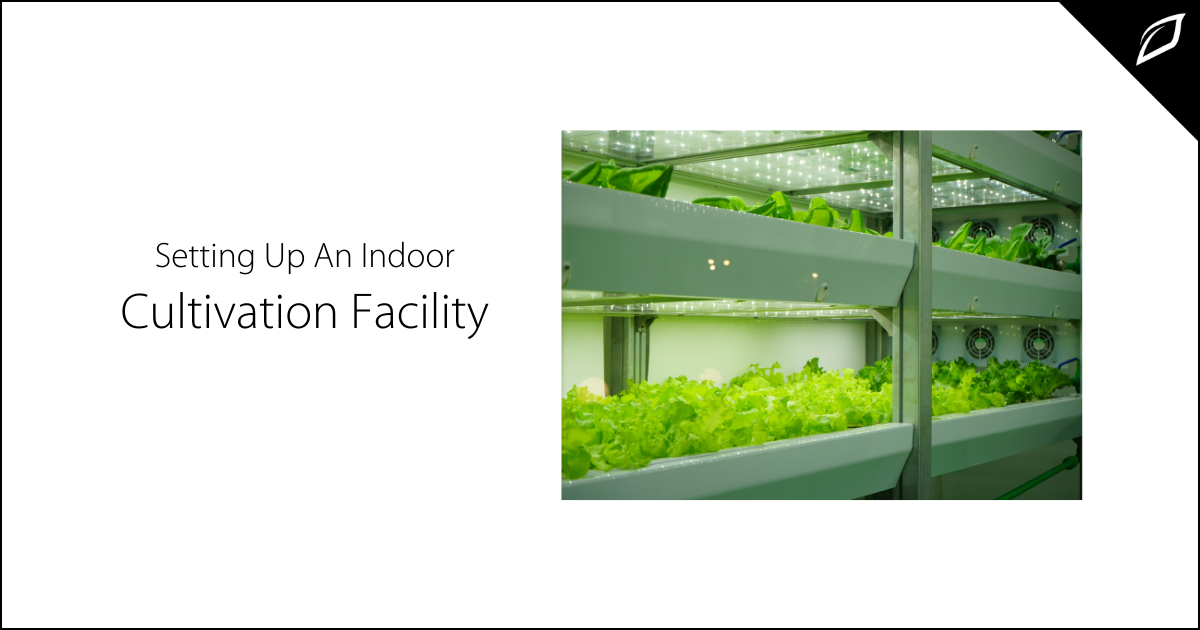
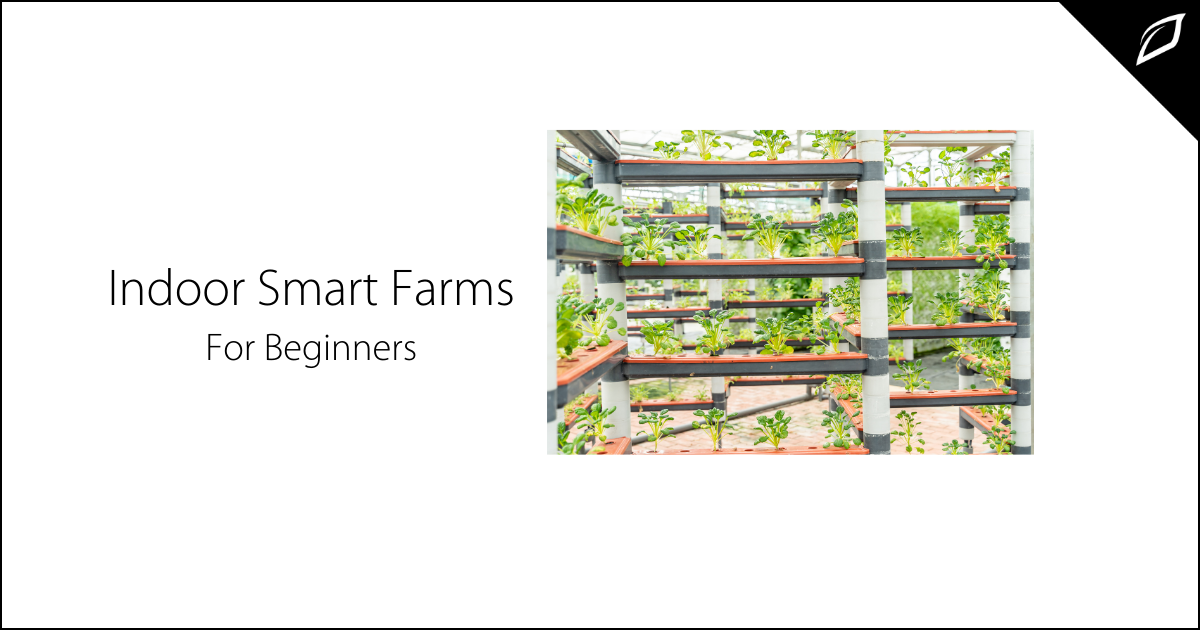
The Internet of Things (IoT) is changing every aspect of our life, from home automation, logistics and automotive, to industrial IoT. And it...
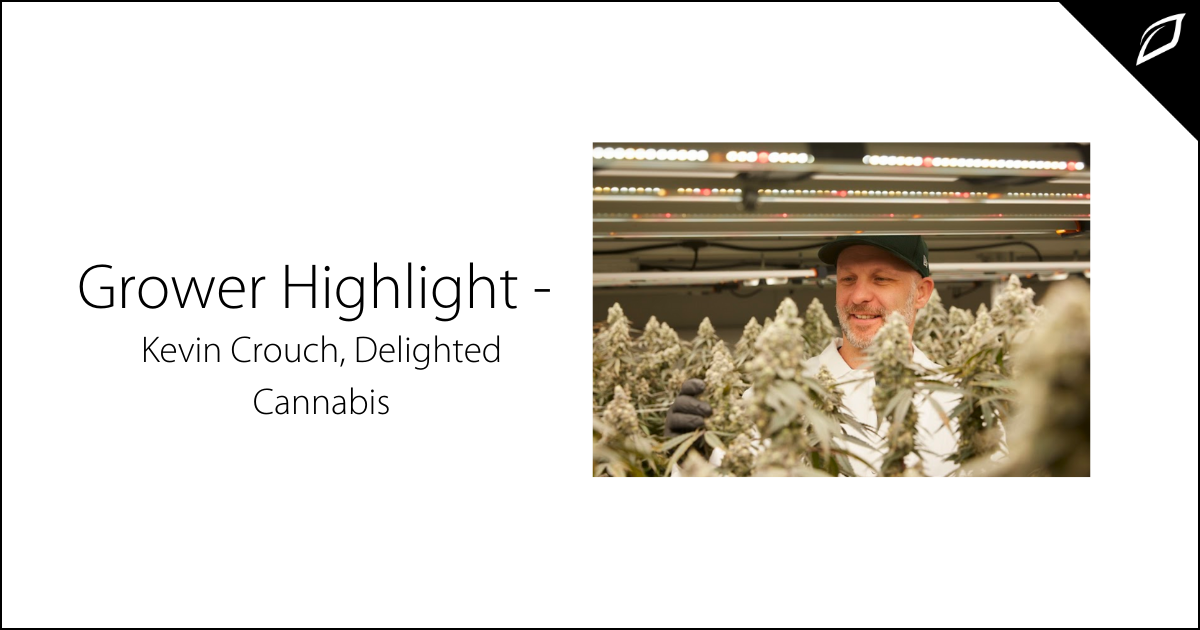
While conducting wildlife studies and completing a 15-year tenure conducting environmental compliance for the oil and gas industry, Kevin Crouch...
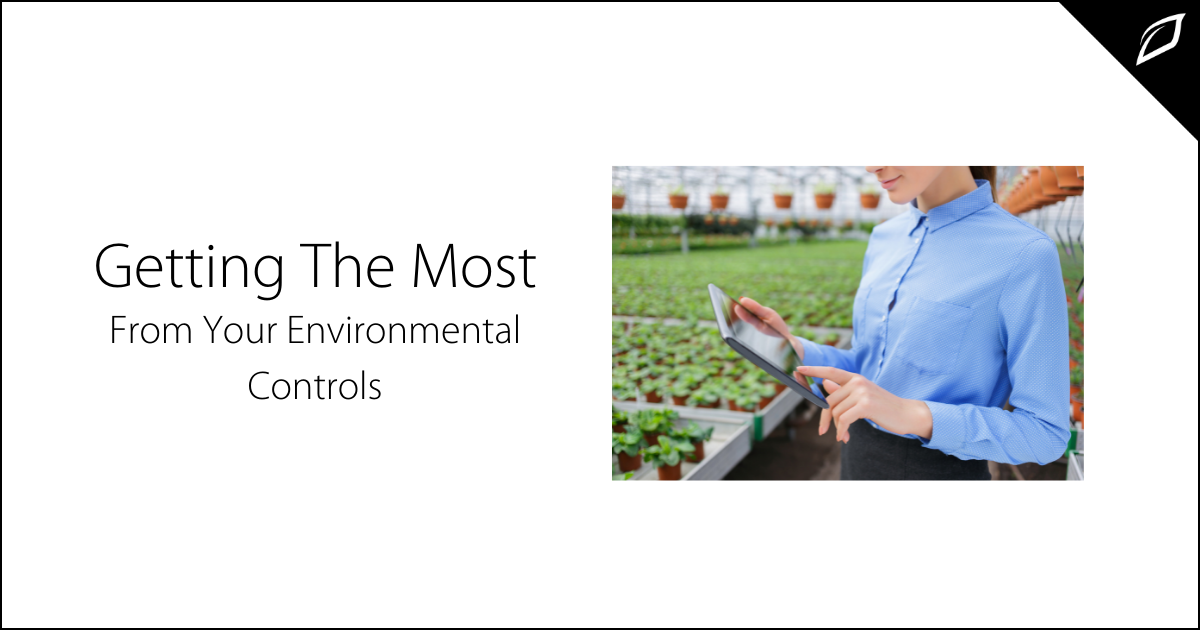
Controlling environmental factors in a commercial greenhouse or indoor grow is necessary for growing high-quality crops. An automated system eases...